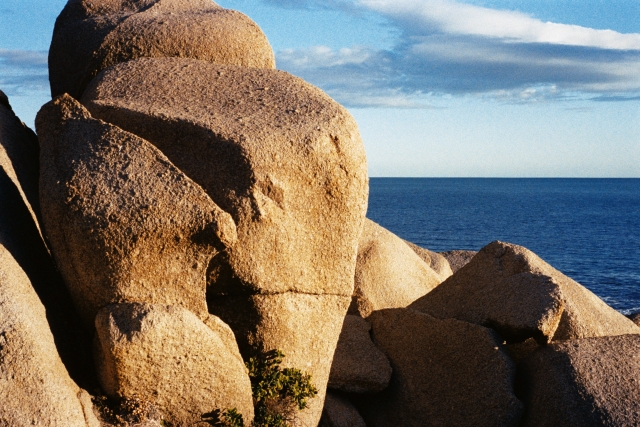
'An aphorism, properly stamped and molded, has not been "deciphered" when it has simply been read; rather one has then to begin its interpretation, for which is required an art of interpretation.' -- Nietzsche, 'On the Genealogy of Morals'
|
|
'An aphorism, properly stamped and molded, has not been "deciphered" when it has simply been read; rather one has then to begin its interpretation, for which is required an art of interpretation.' -- Nietzsche, 'On the Genealogy of Morals'
|
|
|
the in-between position of photographs
« Previous |
|Next »
|
|
|
March 5, 2011
Alexander Streitberger in the Introduction to Vol 11, No 4 (2010) of Image and Narrative --entitled Photography and the book--- says that:
Whereas traditionally the term of ‘documentation’ is linked first and foremost to photography and that of ‘fiction’ to the arts, artists’ books using photography challenge this division in several respects (representational, functional, contextual). Common strategies in artists’ books are, for instance, to base fictional narratives on documentary photographs taken out of their contexts (Broodthaers, Boltanski), to use photographs in artists books in order to document an event, to trace an activity or to visualize an artistic concept (Rusha, LeGac, Huebler), and to compose typological series of the everyday (Feldmann, LeWitt). All these examples have in common an equivoque, ambivalent use of photographs. On a structural level, the interstices between the images and the act of turning the page are often used to leave in suspense the photographic image between reproduction of the real and the imaginary fiction.
Artists’ books, rather than constituting an autonomic genre, often are realized within a wider artistic project, enclosing e.g. installations, expositions, performances (Boltanski, Goldin, Rist, Downsbrough). In all of these cases photographs act as agents between different ‘realities’ – between the object depicted in the image and the image as composition, between image and narrative, between art and documentation, between space and time – in order to create “‘work’ providing work between reader and text.”
|
|
|
| | Posted by Gary Sauer-Thompson at 3:36 PM | Permalink |
|
|
|
|
|
|
|
